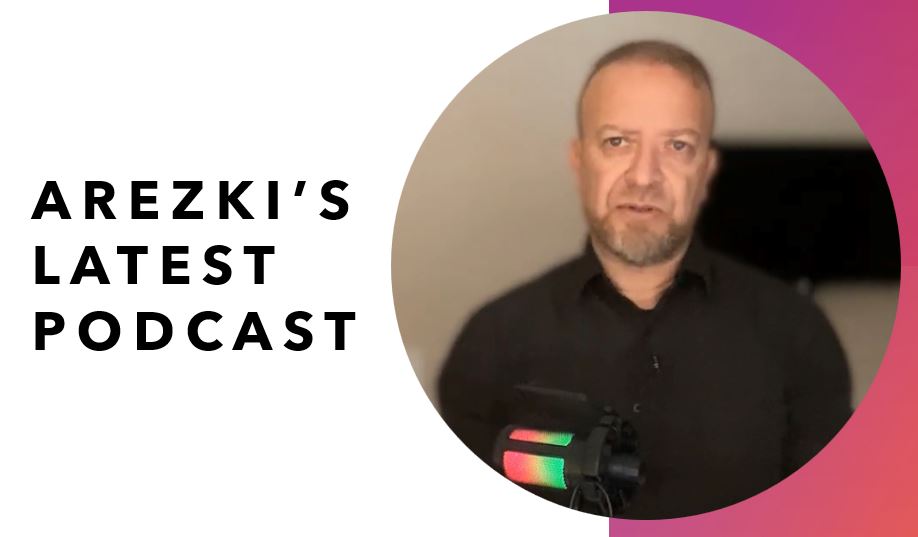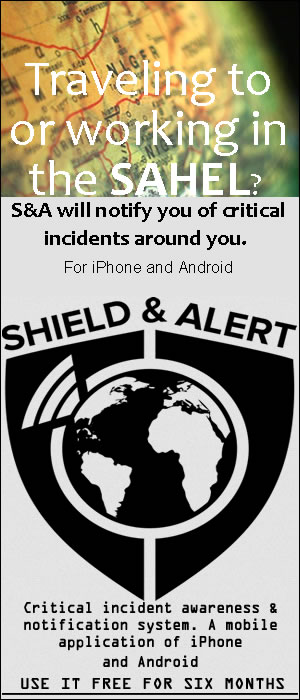Aug 18, 2020 – Mali has been gripped for months by a political crisis that has sparked the country’s worst unrest in years, as a protest movement galvanised by a disputed election insists that President Ibrahim Boubacar Keita resign. After reports that soldiers launched a “mutiny” outside the capital on Tuesday, here is a timeline of the crisis.
Disputed elections
On March 26, opposition leader Soumaila Cisse is kidnapped as he campaigns three days before a parliamentary election, in an unprecedented abduction of such a senior politician. Despite the coronavirus pandemic which a day earlier had claimed Mali’s first life, the first round of the parliamentary election goes ahead on March 29. It is tainted by abductions of election officials, the ransacking of polling stations and a deadly mine explosion. The second round on April 19 is disrupted by incidents in the centre and the north of the country which prevent voters from casting their ballots. On April 30, Mali’s constitutional court overturns the results for some 30 seats, 10 of which benefited candidates from the president’s party, triggering protests in several cities.
Alliance against president
On May 30 influential imam Mahmoud Dicko, opposition parties and civil society figures form a broad-based opposition alliance which calls for a demonstration to demand the resignation of President Keita. It goes on to adopt the name, “Movement of June 5 — Rally of Patriotic Forces”. The movement is critical of continued failures to stem the country’s jihadist insurgency, inter-community bloodshed as well as the government’s record on the economy and fighting corruption, along with the organisation of the legislative election.
Demonstrations
On June 5, tens of thousands of people hit the streets in the capital Bamako. Keita reappoints Prime Minister Boubou Cisse on June 12 and tasks him with forming the new government resulting from the elections. On June 19 tens of thousands rally again, calling for Keita to resign. The Economic Community of West African States (ECOWAS) calls for the creation of a “consensus government of national unity”. In early July Keita makes various attempts to appease the opposition, but all are rejected and the movement’s leaders call for parliament to be dissolved and urge civil disobedience.
Worst unrest in years
Violence breaks out at a mass demonstration in Bamako on July 10. Protesters attack parliament and storm the premises of a state broadcaster. Clashes between protesters and security forces last three days and are the worst political unrest Mali has seen since 2012. Eleven people died in the violence, according to an official tally, while the opposition says 23 died and the United Nations puts the number of fatalities at 14.
No compromise
On July 18 the opposition rejects a compromise proposed by an international mediation team led by former Nigerian president Goodluck Jonathan. Days later the opposition says it will halt protests in a “truce” ahead of the Eid festival. In a summit on the crisis at the end of July, leaders of the ECOWAS bloc stand by Keita but call for the swift formation of a unity government. The opposition rejects the plan and insists the president stand down.
Coup fears
On August 11 thousands of protesters return to the streets. The next day security forces in the capital fire tear gas to clear hundreds of demonstrators from a central square where they had camped overnight.
The opposition declares on August 17 that it will stage daily protests culminating in a mass rally in Bamako at the end of the week. On August 18 gunfire breaks out at a key army base near Bamako, triggering
fears of a coup attempt. ECOWAS urges soldiers who launched a “mutiny” to immediately return to their barracks.
AFP
Poverty and pride
Modern Mali is the biggest country in West Africa and one of the poorest on the continent, with more than 40 percent of its population of 20 million living in extreme poverty. But it also boasts desert cities of exotic legend and a long imperial history. The mainly arid nation, partly irrigated by the Niger River, became the hub of the Ghana empire for more than five centuries from around 700 AD, while Islam spread into the region. The empire drew on trans-Saharan trade for its wealth. In the north where Mali juts deep into the Sahara, the city of Timbuktu grew into a centre of glittering scholarship, of learned scribes and cultural exchange just as it became an important post for traders in gold, salt and slaves.
A golden road to Mecca
By the 14th century, the Malian empire was firmly established, stretching from deep inland to the coasts of West Africa, while camels introduced to the region as beasts of burden had become commonplace. When Mansa Musa, who was emperor in the early 1300s, decided to make a long pilgrimage to Mecca, he reputedly travelled with 60,000 men, 12,000 slaves and 80 camels loaded up with gold. Mansa Musa is also said to have handed out so much gold during his trip that it caused inflation in the places he passed through. Every Friday, he ordered a mosque to be built. The country is now the largest cotton producer in sub-Saharan Africa and the world’s fourth largest exporter of gold. It is also a major producer of cashew nuts.
Modern insurgents
From time immemorial, Tuareg tribes, one of Mali’s around 20 ethnic groups, have been nomads in the Sahara. Some of them have more recently pushed for independence from Mali’s central government for the northern region they name Azawad. Modern insurgencies date back about a century to the era of French colonial rule, which ended in 1960, so that successive regimes in the capital Bamako cut deals to keep the peace. Tuaregs of the National Movement for the Liberation of Azawad (MNLA) rose up in earnest in 2012 and were joined by the Islamic extremists of Ansar Dine, who piggy-backed the rebellion in an uneasy alliance. The insurgents took the three main northern towns of Gao, Kidal and Timbuktu, leading to global concern for the fate of scores of thousands of historical manuscripts safeguarded by citizens of Timbuktu. The rebels did destroy many texts before leaving the oasis, but it soon emerged that most manuscripts had been kept hidden.
Violence spreads
In January 2013, France intervened militarily to help recapture the north from the Islamists. The MNLA and Ansar Dine were driven out of Gao, Timbuktu and Kidal. But armed groups remain active in the north, carrying out guerilla attacks, while conflict has spread to central Mali. The UN peacekeeping force MINUSMA was deployed in Mali in 2013, its mandate extended until June 30, 2021. The government signed a peace deal with several armed groups in 2015, but its implementation has dragged on for years despite international pressure. In 2017 a regional special anti-jihadist force, the G5 Sahel, deployed in Mali, as well as Burkina Faso, Chad, Mauritania, and Niger. Thousands of soldiers and civilians have been killed in the conflict to date, and hundreds of thousands have had to flee their homes.









